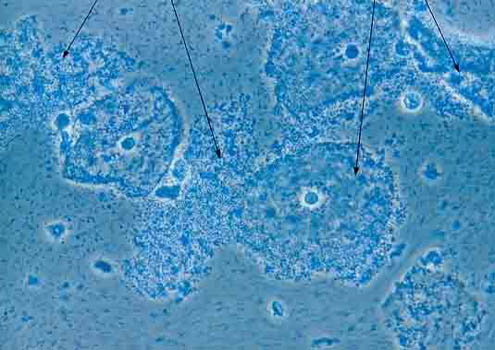Orthopedics: Carpal Tunnel Syndrome (CTS)
Epidemiology and Aetiology
- More common in women
- Typical presentation at age 30-50
- Associated with gout, pregnancy, the pill, premenstrual state, rheumatoid arthritis, diabetes, acromegaly, obesity, amyloidosis
- Some believe that jobs that involve repetitive flexing of the wrist may be involved.
o RSI – repetitive strain injury – is a fallacy and doesn’t actually exist! There is usually another underlying diagnosis.
- Most cases are ideopathic
- Compression of the median nerve as it passes through the carpal tunnel (under the flexor retinaculum)
Signs and symptoms – are those of median nerve compression:
- Wasting of the thenar eminence (the chunky muscle on the palmar aspect of the base of the thumb) – is often a late sign
- Parasthesia of the lateral 3½ fingers (thumb, forefinger and middle finger)
- Pain / tingling in the lateral 3 fingers
o Pain is often worse at night and may wake the patient. It is often a burning or aching sensation.
- The median nerve also supplies the lateral part of the palm but typically, this is spared as this branch of the median nerve does not pass through the carpal tunnel.
Examination
- Look for wasting of the thenar eminence
- Check sensation on the lateral 3½ fingers
- Phalens Test – ask the patient to hold their wrists in a flexed position for 1-2 minutes. May elicit / exaggerate typical symptoms
- Tinel’s Test – tap over the medial aspect of the inside of the wrist. Can induce tingling sensations. Less likely to elicit signs than Phalens
o “Tinels – Tapping, Phalens – Flexing”
Investigations
- Diagnosis is usually clinical, but occasionally in difficult cases, nerve conduction may be performed.
Management
- Conservative – occasionally simple life-style changes (e.g. placement of computer keyboard) may be beneifical.
- Splint – can be worn at night to reduce nocturnal symptoms, and many patients may also wear it during the day
- Pain relief – is typically in the form of NSAIDs
- Carpal Injection – hydrocortisone acetate – can be used if other methods have failed to control symptoms. Inject just dorsal to the wrist crease. Provide pain relief for approximately 1 month. Longer acting pain relief is no more effective than placebo.
o May cause a sensation of shooting and tingling if you touch the nerve. If this is the case, you are in the wrong place! You are not aiming for the nerve itself, but for the flexor tendons.
o Wearing a splint for a few days after injection can reduce the symptoms induced at time of treatment
- Surgical decompression can be used for patients who still fail to respond. This can be open or endoscopic surgery.
o Wearing a splint for a few days after injection can reduce the symptoms induced at time of treatment
Notes by Tom Leach















